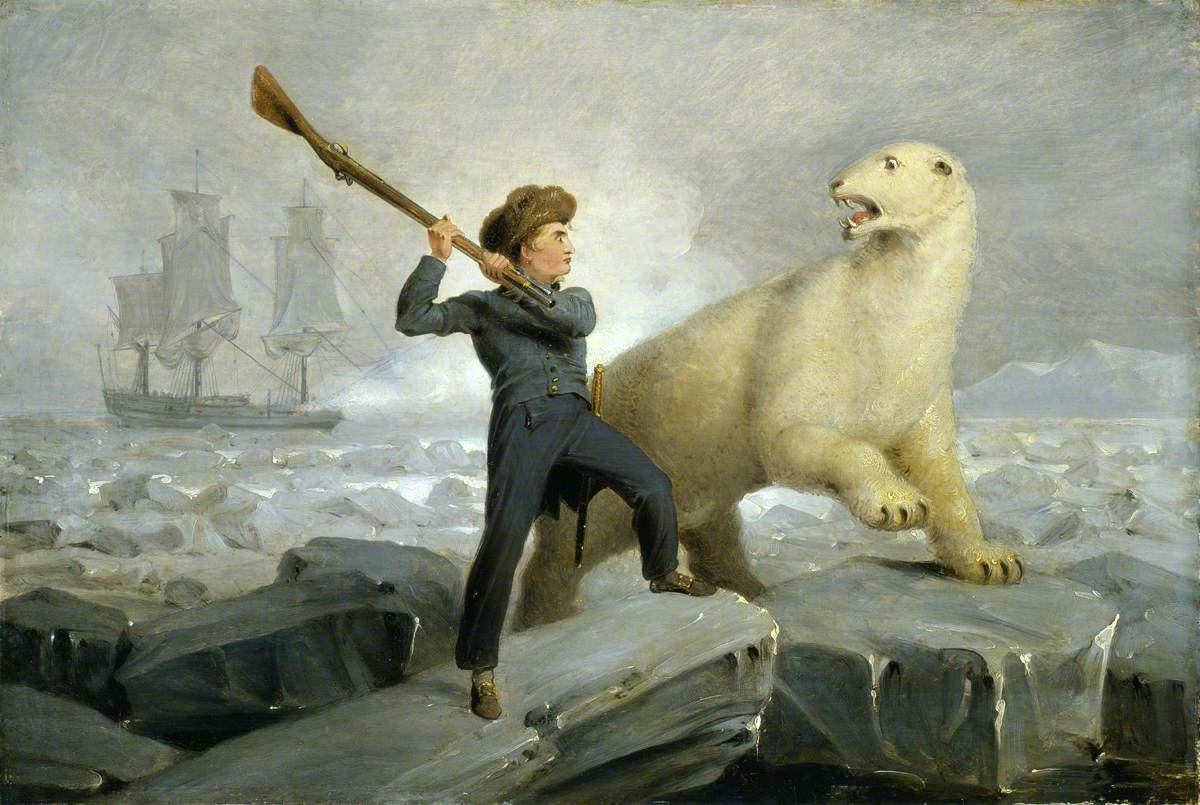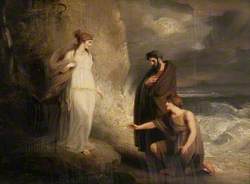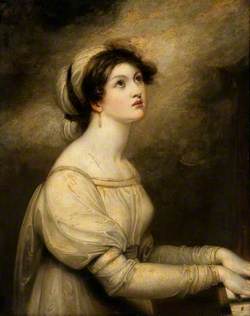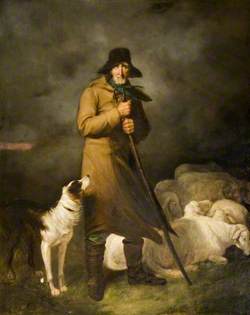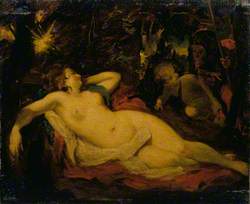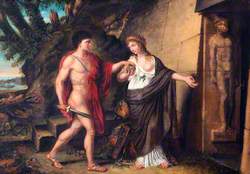How you can use this image
This image can be used for non-commercial research or private study purposes, and other UK exceptions to copyright permitted to users based in the United Kingdom under the Copyright, Designs and Patents Act 1988, as amended and revised. Any other type of use will need to be cleared with the rights holder(s).
Review the copyright credit lines that are located underneath the image, as these indicate who manages the copyright (©) within the artwork, and the photographic rights within the image.
The collection that owns the artwork may have more information on their own website about permitted uses and image licensing options.
Review our guidance pages which explain how you can reuse images, how to credit an image and how to find images in the public domain or with a Creative Commons licence available.
Notes
Add or edit a note on this artwork that only you can see. You can find notes again by going to the ‘Notes’ section of your account.
In 1773 Horatio Nelson served as a midshipman in the 'Carcass', which sailed under Captain Constantine Phipps on a Polar expedition to try to find a north-east passage to the Pacific. These two strongly built bomb-vessels were both obliged to return when they found their way impenetrably barred by ice to the north of Spitsbergen. During the attempt, Nelson set off with a friend to stalk a polar bear. His musket misfired and he attacked the bear with the butt-end until saved from harm by a rift in the ice, which separated him from the animal. A gun was fired from the ship to scare the bear off and Nelson justified his action to a furious Captain Lutwidge by stating that he wished to kill the bear to take its skin home to his father. In this imaginary reconstruction, Nelson is shown without his companion.
Despite the greyness and inhospitable surroundings, the artist cannot avoid the artificiality of the account. Its incongruity is highlighted by the neatness of Nelson standing with no coat in buckled shoes to confront nature. The symbolism of his bare hands accentuates the interpretation and highlights the contrivance. Furthermore, Nelson is silhouetted against a white shaft of light and stands in clean profile against the yellow polar bear.
The artist came from an English family of painters and illustrators, and was a book illustrator who turned to painting historical subjects. In his spare time he studied drawing at the Royal Academy Schools in 1785 and was drawing master to Princess Victoria.
Title
Nelson and the Bear
Date
c.1806
Medium
oil on oak panel
Measurements
H 36.8 x W 55.8 cm
Accession number
BHC2907
Acquisition method
National Maritime Museum (Greenwich Hospital Collection)
Work type
Painting
